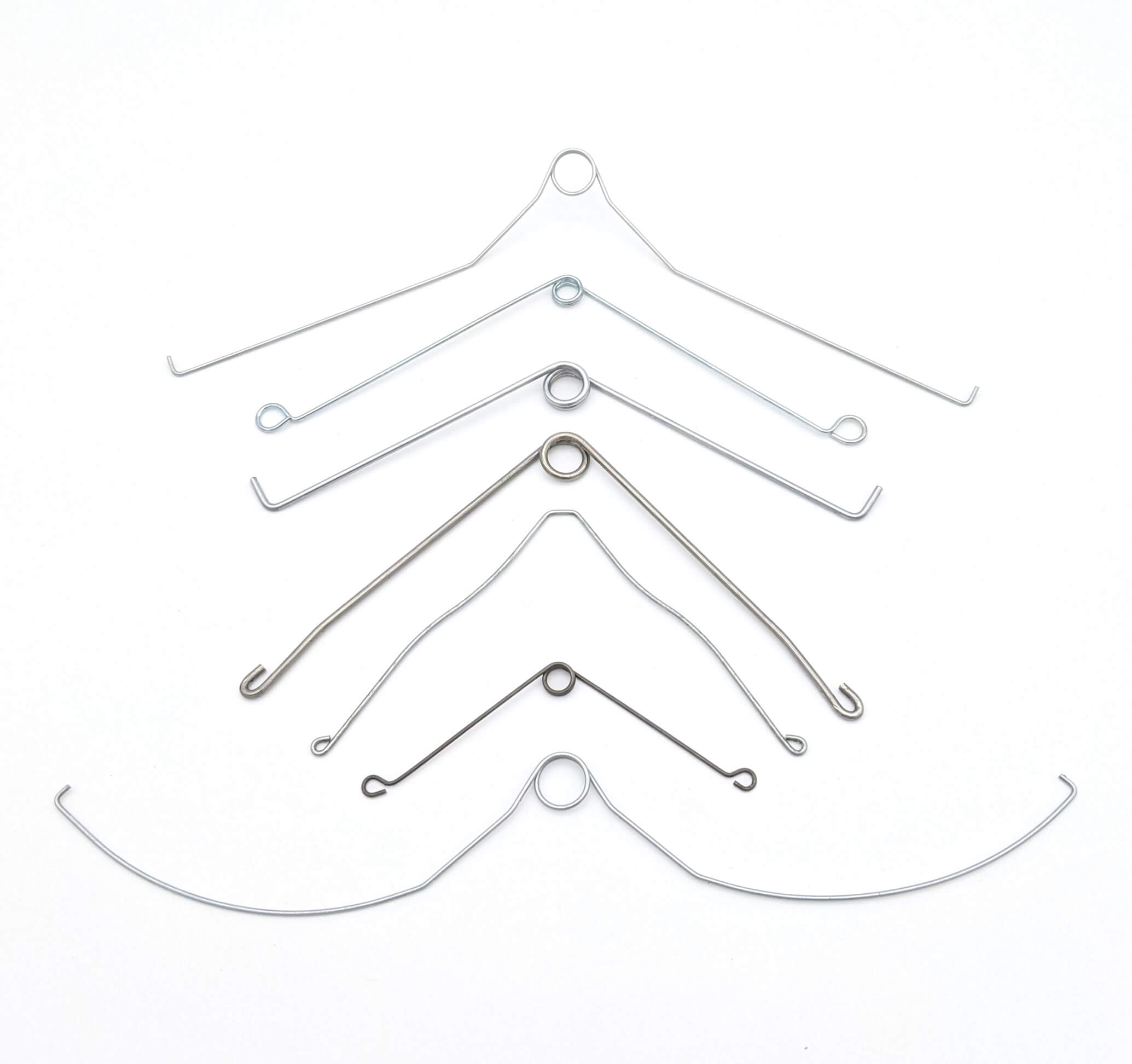Get unique, complex parts easily. No matter your requirements, Chaoyi Spring creates hard-to-produce coil springs and wire forms.
Let us help you create the custom wire form you need, from S-hooks and J-hooks to utility hooks and more.
We work closely with customers across a wide range of industries, helping them design and manufacture made-to-order parts.
Why choose Chaoyi Spring? We prioritize customer-focused collaboration, modern equipment and the latest technology to make your parts per print.
Find the information and guidance you need, from measuring a spring to learning about materials, placing an order and much more.
Have you ever wondered how much you can compress a spring before it permanently deforms? It's a question that has intrigued engineers and physicists for centuries, and the answer lies


Have you ever wondered how much you can compress a spring before it permanently deforms? It's a question that has intrigued engineers and physicists for centuries, and the answer lies in understanding the intricate interplay of forces, materials, and geometry. This article delves into the fascinating world of spring compression, exploring the factors that determine its maximum limit and the consequences of exceeding it. We'll uncover the scientific principles that govern spring behavior, highlighting the importance of material properties and design considerations in achieving optimal compression without compromising structural integrity.

Springs, those ubiquitous coils of metal, are marvels of engineering. They possess the remarkable ability to store mechanical energy by deforming under an applied force and releasing it upon removal of the force. This elasticity, the spring's capacity to return to its original shape after deformation, is a key attribute that makes them indispensable in countless applications, from car suspensions to everyday household appliances.
The amount of compression a spring can withstand before reaching its elastic limit is a crucial parameter in any engineering design. Exceeding this limit leads to permanent deformation, rendering the spring ineffective. The maximum compression, therefore, is a critical factor influencing the performance and longevity of a spring.
Several factors interplay to determine the maximum compression of a spring. These include:
Calculating the maximum compression of a spring involves a combination of theoretical principles and empirical data. The fundamental equation for spring force, F = kx, where F is the applied force, k is the spring constant, and x is the compression, provides a starting point. However, this equation holds only within the elastic limit.
To determine the maximum compression, we need to consider the material's yield strength and the geometry of the spring. Engineers often use specialized software or experimental testing to determine the exact compression limit for specific spring designs. These methods take into account factors like stress concentration, buckling, and fatigue, providing a more comprehensive understanding of the spring's behavior under various loading conditions.
Exceeding the maximum compression limit of a spring has serious consequences. The spring may permanently deform, losing its ability to return to its original shape. This can lead to a number of problems, including:
To ensure optimal spring performance and prevent premature failure, it is crucial to stay within the spring's maximum compression limit. This can be achieved by carefully selecting the appropriate material, designing the spring with appropriate geometry, and understanding the loading conditions. It is also essential to use springs that are rated for the intended application and to avoid overloading them. Regular inspection and maintenance can help identify any signs of wear or damage that could compromise the spring's integrity.
Understanding the factors that influence the maximum compression of a spring is vital for ensuring the safe and efficient operation of any device or system that relies on springs. The material properties, geometry, and loading conditions all play a crucial role in determining the compression limit. Exceeding this limit can lead to permanent deformation and compromised functionality. By carefully considering these factors and selecting appropriate springs for the intended application, engineers can maximize the lifespan and performance of these indispensable components.
In the world of mechanics and engineering, the humble spring plays a pivotal role. Its ability to store and release energy, a consequence of its inherent elasticity, makes it indispensable across a vast array of applications. Understanding the limits of spring compression is not just about theoretical knowledge; it's about ensuring the safe, efficient, and reliable performance of systems that rely on these seemingly simple yet crucial components. By embracing the principles of material science, spring design, and load analysis, we can harness the power of springs while ensuring their longevity and reliability.
Browse some of the custom wire forms and springs that we manufacture. Don’t see what you need? We specialize in made-to-order products that meet your application requirements.
Visit Our GalleryNeed a custom wire form or coil spring? We make it work. Fill out the contact form and a representative will respond within 1 business day. If you have a PDF or CAD file, you can submit to request a quote.